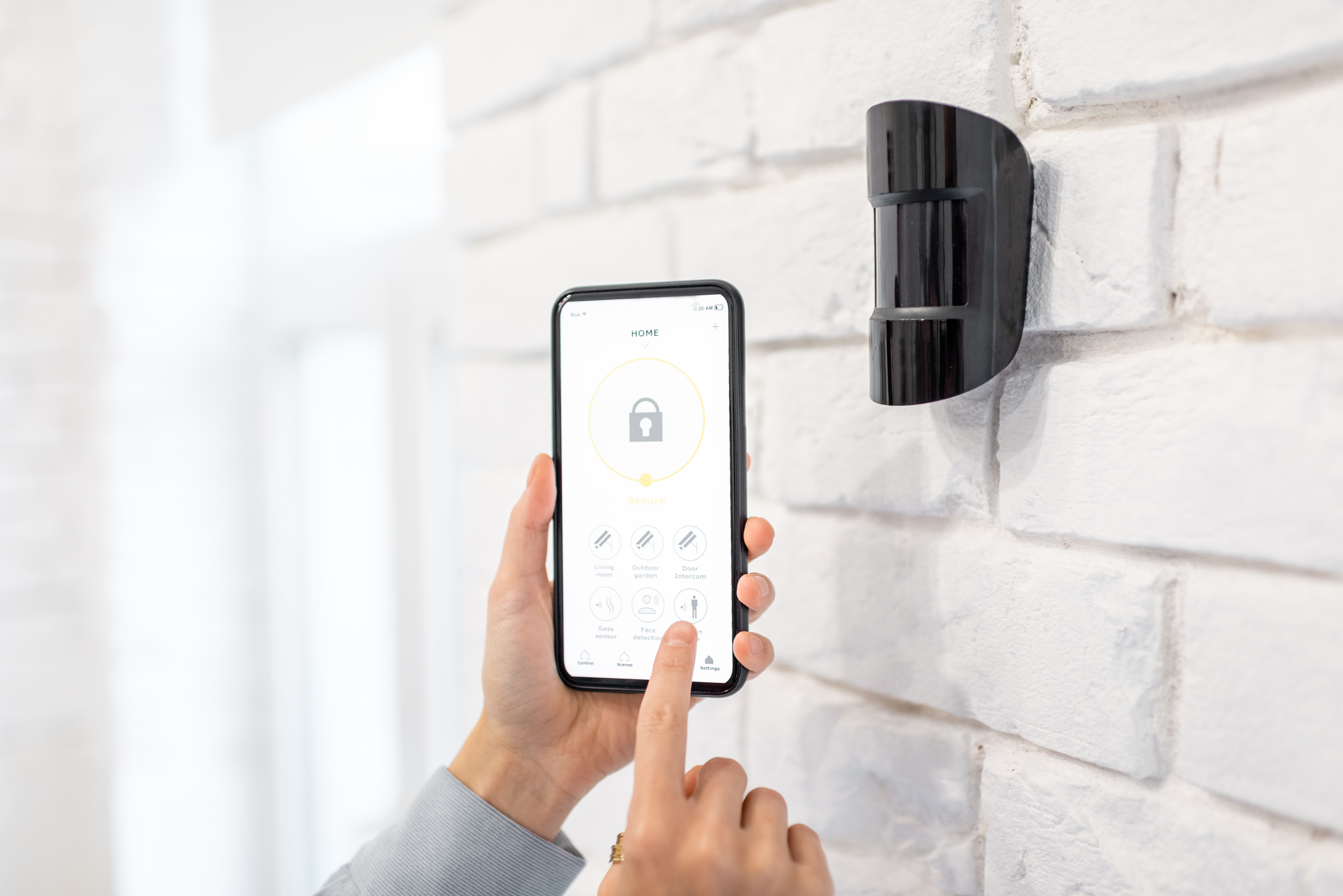
The threat landscape is growing more complex, marked by a sharp increase in workplace intrusions, theft, and deliberate acts of sabotage. These incidents are no longer rare or isolated — they reflect a broader trend where employee safety, operational continuity, and sensitive information are at risk. In this environment, reactive responses are no longer enough. Organisations must shift toward proactive security strategies that can detect, deter, and neutralise threats before they escalate. Integrated sensor systems play a key role in this shift — offering real-time alerts, reducing human error, cutting operational costs, and minimising false alarms — all while enabling scalable, intelligent protection.
Why Motion Sensors?
Motion sensors are a highly effective solution for real-time detection of unauthorised movement, offering an added layer of protection to existing security systems. Easy to deploy and cost efficient, they enhance situational awareness and can be integrated seamlessly into a wide range of environments. By accurately identifying movement patterns, motion sensors help minimise false alarms while ensuring prompt alerts when genuine threats are detected.
This guide aims to demystify motion sensors by exploring how they work, highlighting their role in an Intrusion Detection System (IDS), and providing practical strategies for effective implementation.
What Is a Motion Sensor?
A motion sensor is an electronic device designed to detect physical movement within a specific area. It typically serves as the first layer of threat detection, enabling early warning and response before a situation escalates.
Types of Motion Sensors
When it comes to detecting movement in surveillance systems, different types of motion sensors offer varying levels of precision, range, and suitability for specific environments. Here are some examples:
-
Passive Infrared (PIR): Detects infrared radiation (heat) emitted by living beings, making it ideal for identifying human presence.
-
Ultrasonic: Uses sound waves to spot movement by detecting changes in the sound's path.
-
Microwave: Sends out invisible waves (like a tiny radar) and when something moves, the waves bounce back differently. The sensor detects such changes and registers them as motion.
- Dual-Technology Sensors: Combine two methods—usually PIR with microwave or ultrasonic—to reduce false alarms and improve detection accuracy.
Detection Range and Sensitivity
Each sensor type has its own range and level of sensitivity. These can often be adjusted to suit various workplace settings, ensuring that coverage is both effective and appropriate for the environment.
Control Interfaces
Motion sensors can be managed via cloud-based dashboards, on-premise control panels, or directly through the mobile app, which is usually a primary tool for interacting with the system. These platforms offer functionalities such as live system status, mobile alerts, and remote arming or disarming, delivering greater flexibility and control. With the app, personnel can monitor their space in real time, and trigger instant alerts with the mobile panic button — complete with location sharing. Experience seamless system management, instant notifications, and essential features in one app
Automated Response Triggers
Sensor data can trigger automated actions such as activating nearby cameras, locking doors, or initiating partial lockdowns, improving response time and reducing reliance on manual intervention. These systems can be further enhanced with intelligent video analytics, enabling smarter threat detection and real-time response coordination.
Role of Motion Sensors in Intrusion Detection
-
As a Detection Mechanism: Motion sensors serve as a frontline defence by detecting unauthorised movement, particularly during off-hours or within restricted areas. The detection system will trigger at the point when an entrance or windows are breached. To enhance detection, personnel can consider placing sensors along the perimeter — farther from entrances or windows — to detect motion earlier and allow more time for interception.
-
Integration with Alarm Systems: When triggered, motion sensors can activate sirens or send silent alerts to designated personnel. They can also notify on-site security teams or external monitoring services, ensuring that any intrusion is promptly addressed.
-
Event Logging and Response Coordination: Motion sensors can log time-stamped activity, creating an audit trail useful for investigations and compliance. This data supports real-time decision-making, enabling coordinated responses and effective escalation protocols.
Strategic Deployment
Identifying Priority Zones
Effective deployment begins with pinpointing high-risk or high-value areas, including:
-
Entry and exit points
-
Server rooms and IT infrastructure
-
Archives, inventory areas, and financial departments
Sensor Placement Techniques
Proper installation involves attention to:
-
Mounting height and angle for optimal coverage
-
Avoiding heat sources, air vents, or reflective surfaces that could affect accuracy
Avoiding Overlap and Blind Spots
Using a combination of sensor types and overlapping detection fields ensures full coverage while minimising blind spots. Layered deployment strategies are especially useful in irregularly shaped spaces or areas with varying usage patterns.
Want to know more about motion sensors and how they can heighten safety in the workplace? Get in touch with a Canon consultant today and discuss your operational needs.

Take The Steps Forward
Let's work together and uncover digital opportunities starting today.


